
Renault-Nissan Alliance Overcame Crisis, Redefined Collaboration
How can we understand the end of the Alliance combined with a relationship that persists through projects? To explain this phenomenon, it is necessary to analyze the overall dynamics of the relationship, from its origins to the crisis it has undergone.
The Renault-Nissan strategic alliance, forged in 1999, has been a subject of extensive study, particularly as it faced a major crisis in 2018 . The arrest in Japan of Alliance CEO Carlos Ghosn and Nissan board member Greg Kelly on charges of misuse of corporate assets and tax fraud shook the partnership to its core.
Yet, the alliance endured, with Mitsubishi joining as a third partner . Understanding its trajectory – its operations pre-crisis, the turmoil of the crisis, and its survival – required a fresh lens. We sought to provide such insights by interviewing key stakeholders in France and Japan, culminating in our research published in the journal M@n@gement .
The foundations of the Renault-Nissan allianceInitially dubbed“The Alliance” by its founders, the Renault-Nissan partnership can be assessed through strategic alliance theory, which emphasises three core principles:
- Complementarity: Alliances thrive when partners possess complementary capabilities.
Relational capital: Trust and collaboration deepen over time, fostering a seamless working relationship.
Learning dynamics: As firms learn from each other, their mutual dependence diminishes, often limiting the alliance's lifespan.
However, the Renault-Nissan alliance defied these norms. At its inception, there were elements of geographical complementarity – Renault's strength in Europe contrasted with Nissan's presence in the United States and Asia. Operationally, Nissan excelled in quality production but struggled with cost and project management, while Renault demonstrated superior project oversight but lagged in quality control.
Yet, these synergies were overshadowed by the reality that Nissan was on the brink of bankruptcy, burdened with $20 billion in debt . It was Renault, not Nissan's preferred partner Daimler-Benz, that took the risk. The two companies had little mutual understanding at the outset, making complementarity an overstated premise.

Legal Disclaimer:
MENAFN provides the
information “as is” without warranty of any kind. We do not accept
any responsibility or liability for the accuracy, content, images,
videos, licenses, completeness, legality, or reliability of the information
contained in this article. If you have any complaints or copyright
issues related to this article, kindly contact the provider above.

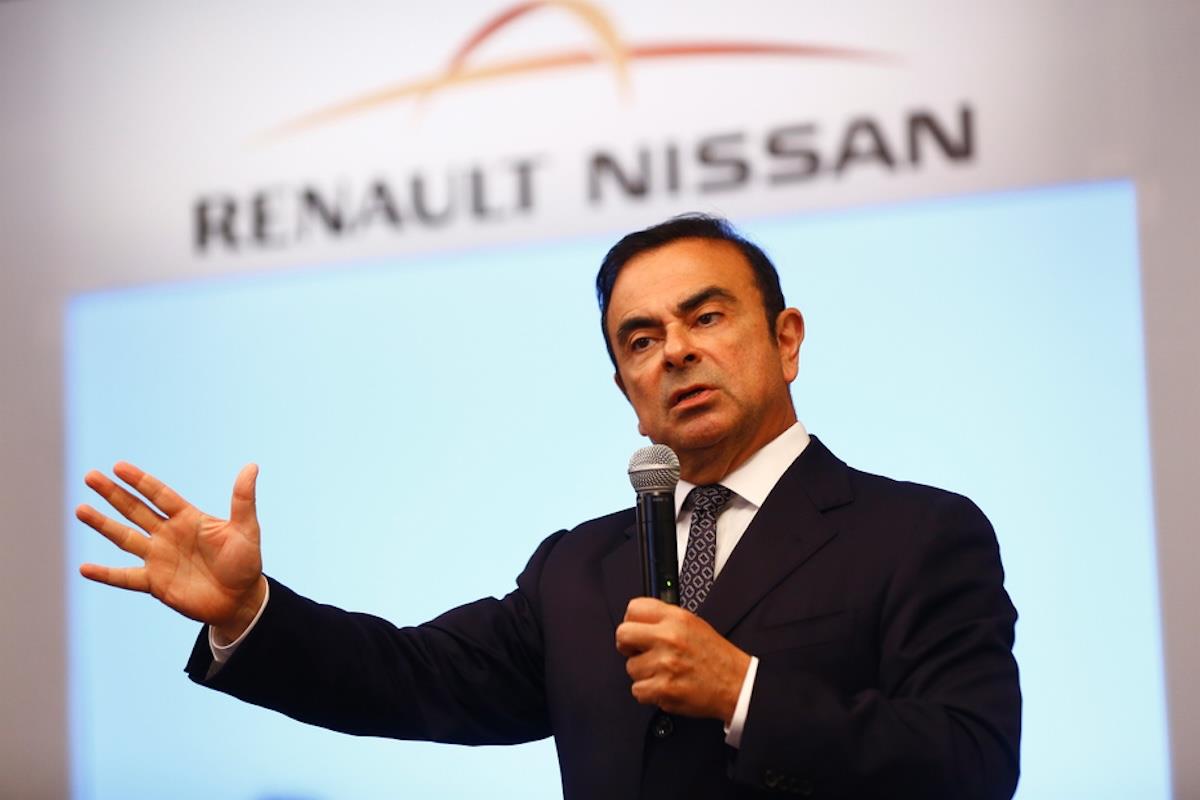
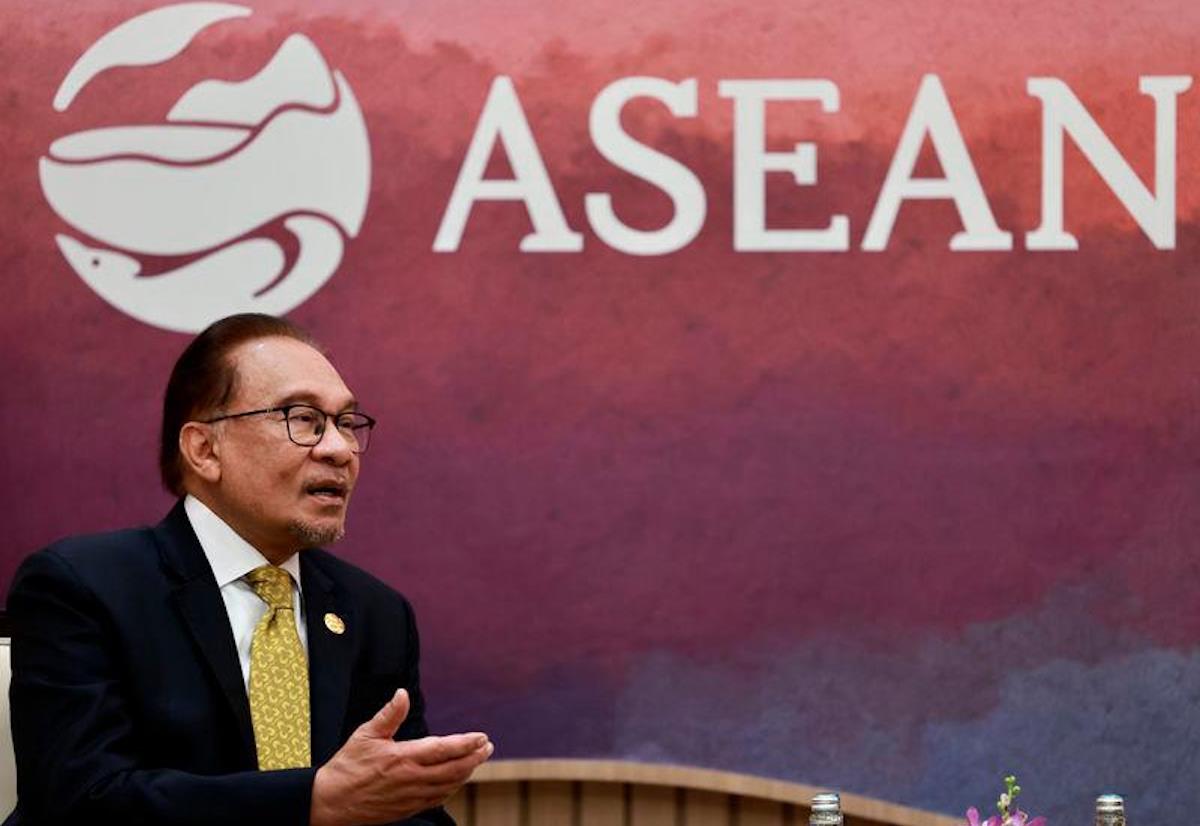
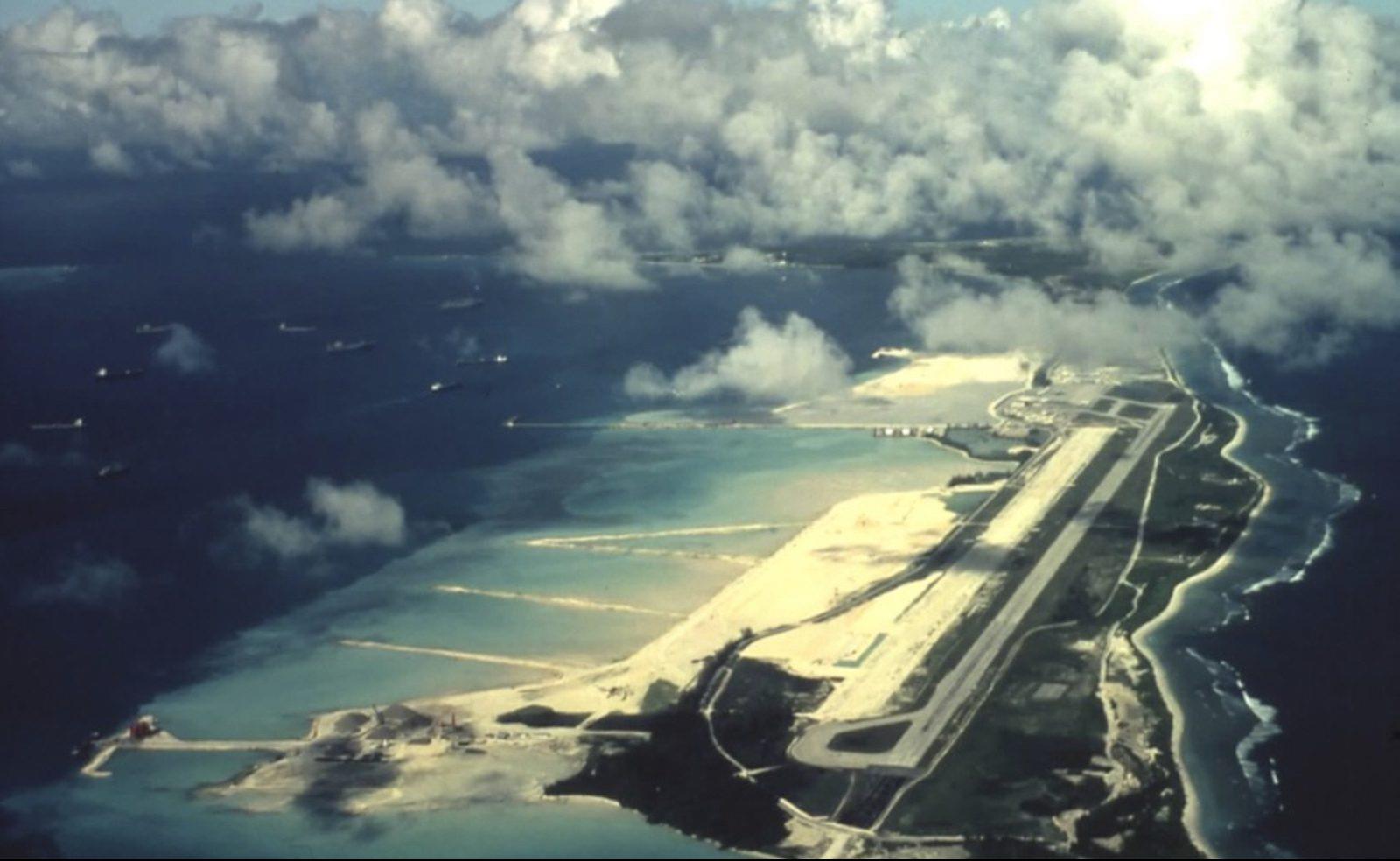
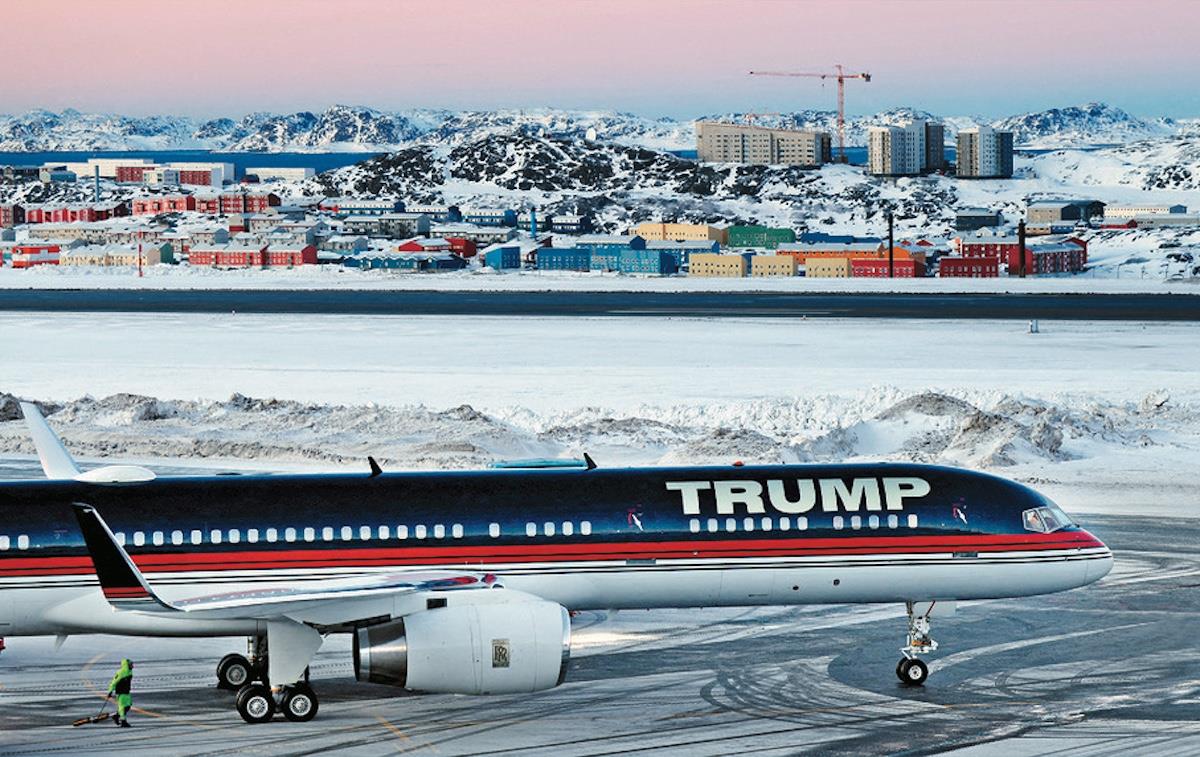
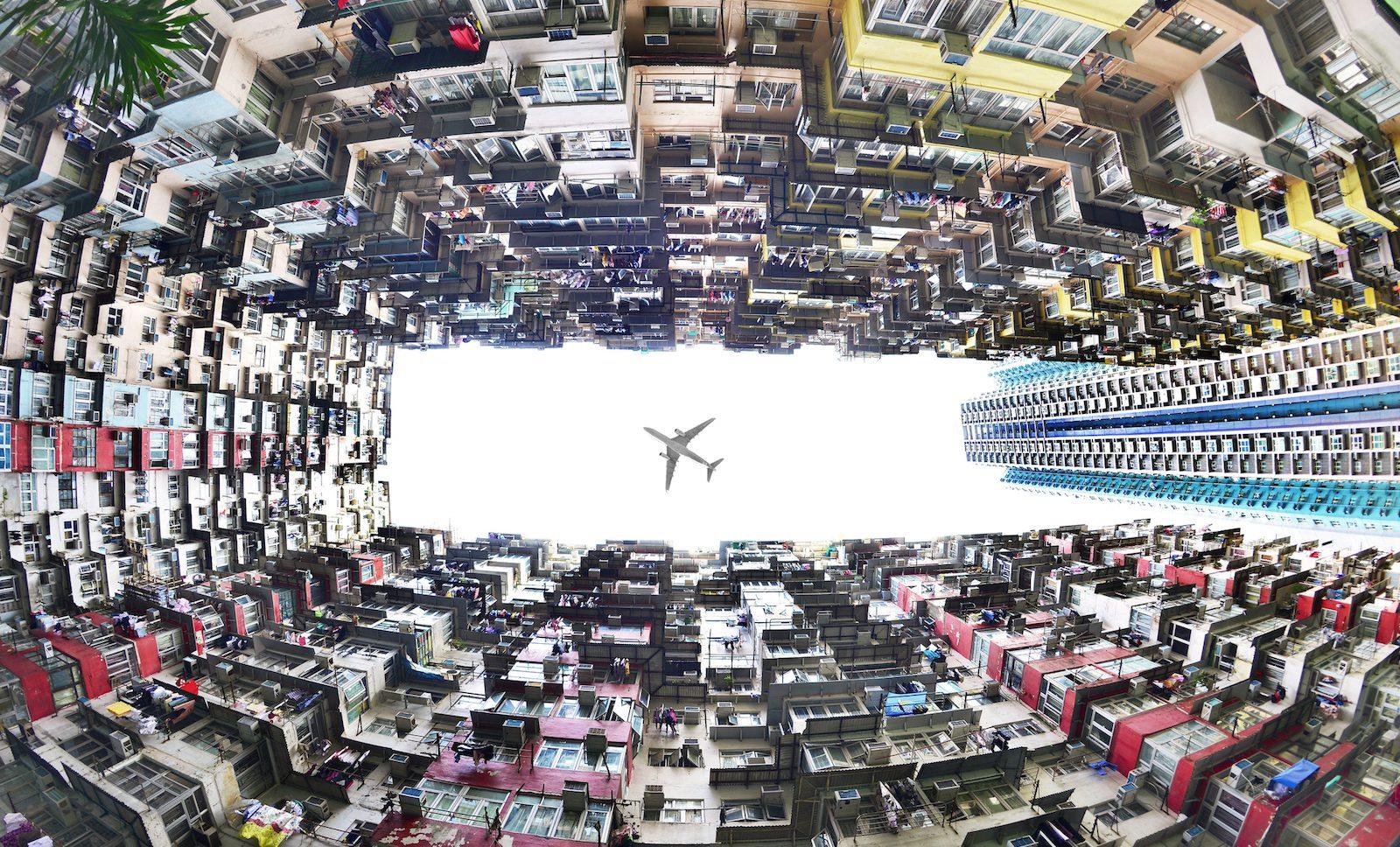
















Comments
No comment